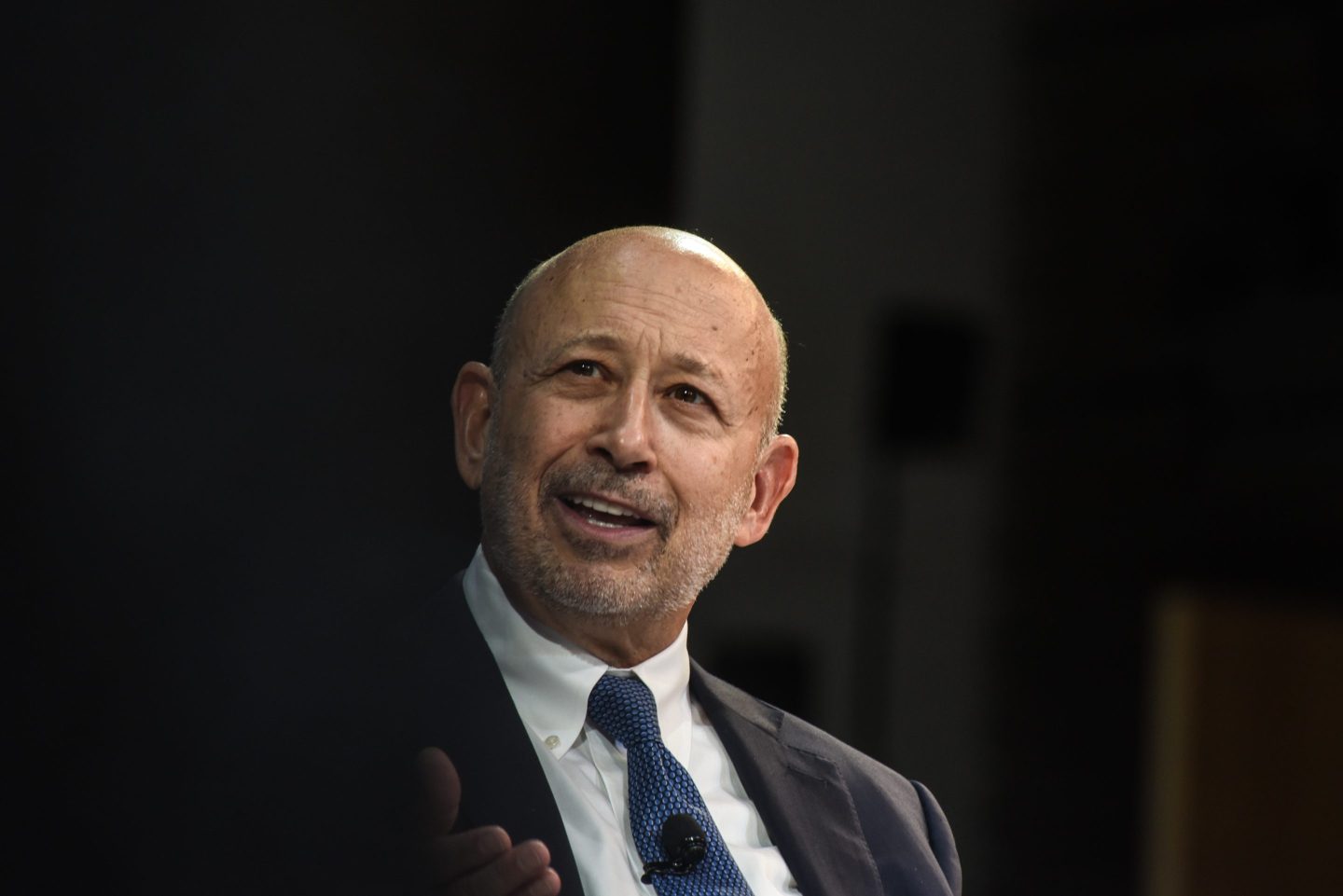Bonds obviously can’t go straight up forever. But a turn in this market won’t mean an epic bloodbath.
Government bond prices have gone parabolic. The yield on the 10-year Treasury bond tumbled to 2.54%, down from 2.99% three weeks ago, and yields on bonds issued by other big governments plunged as well. Ten-year bonds are now yielding 0.93% in Japan, 2.27% in Germany and 2.97% in the U.K.

Bonds issued by rich-country governments aren’t the only highfliers, either. Corporate bond prices have soared as well and big companies have cashed in, with IBM this month selling $1.5 billion of three-year bonds that yield just 1%.
“There is a mania for bonds right now,” said Joseph Calhoun, who runs the Alhambra Investments advisory firm in Coral Gables, Fla. “People have kind of lost their minds.”
Calhoun and others have been gawking at this flight to something or other with a kind of morbid fascination. A giant surge of cash into any asset class runs a predictable course, they note: prices rise, drawing in new buyers, in a process that goes on longer than anyone believes it can — till suddenly the price turns and everyone rushes for the exits.
Memorable recent examples include the tech stock bubble that popped in 2000 and the housing bubble whose implosion led to the financial crisis of 2008. That history doesn’t bode well for investors who are aggressively buying bonds right now.
“The chase for yield always ends badly,” said James Camp, who manages fixed income investments at Eagle Asset Management in St. Petersburg, Fla.
What’s more, policymakers’ aggressive response to the last meltdown has led to the suspicion that the government’s game plan when a bubble pops is to inflate another one. But the economy doesn’t seem to be responding as expected.
“The economic data needle is spinning in circles, as nearly every release includes a pessimistic headline with underlying hints of strength or a solid headline with hints of doom in the details,” said Guy LeBas, chief fixed income strategist at Janney Capital Markets in Philadelphia.
A soaring bond market, then, is where worries about a softening economy meet with the government’s determination to prop up a weak recovery. Add in fears that investors never fail to embrace a doomed asset class, and it looks clear that we’re set for yet another trillion-dollar trip to the cleaners.
“When it turns people are going to get creamed,” Calhoun said.
[cnnmoney-video vid=/video/news/2010/08/19/n_bz_treasury_2008.cnnmoney/]
Yet while yields surely can’t keep falling like this, a huge bond bust looks unlikely. A look at the economy and the Federal Reserve’s commitment to rebuilding the banking system suggests that low bond yields will be with us for a good long while.
Camp believes sentiment may swing against bonds when summer vacation ends. He says the yield on the 10-year Treasury note may jump back toward its April high of 4% as the rush into bonds reverses, and rates on corporate bonds and other debt should rise as well.
“The next move is rates higher, spreads wider,” Camp said.
But Camp says talk of sustained higher rates overestimates how quickly the economy can overcome trillions of dollars frittered away on housing and consumer goods in the past decade, and underestimates the Fed’s determination to hold down interest rates to let that process slowly run its course.
With banks still sitting on trillions of dollars in questionable real estate loans, he doesn’t expect to see the Fed tighten policy at least for “several years” — which should keep a lid on bond yields.
Camp isn’t the only bond bull. David Rosenberg of Gluskin Sheff notes that bond yields are closely related to Fed policy and inflation readings, both of which are pointing to sustained low rates. Rosenberg believes the 30-year Treasury, recently at 3.6%, could approach 2% in coming years.
Camp said the surge of funds into bonds means that right now, there are few attractively priced assets in fixed income. But he believes the turbulence that will almost certainly break out this fall could spell opportunity.
“The obvious trade is just not there right now,” he said. “But we will get some relief in the fall.”











